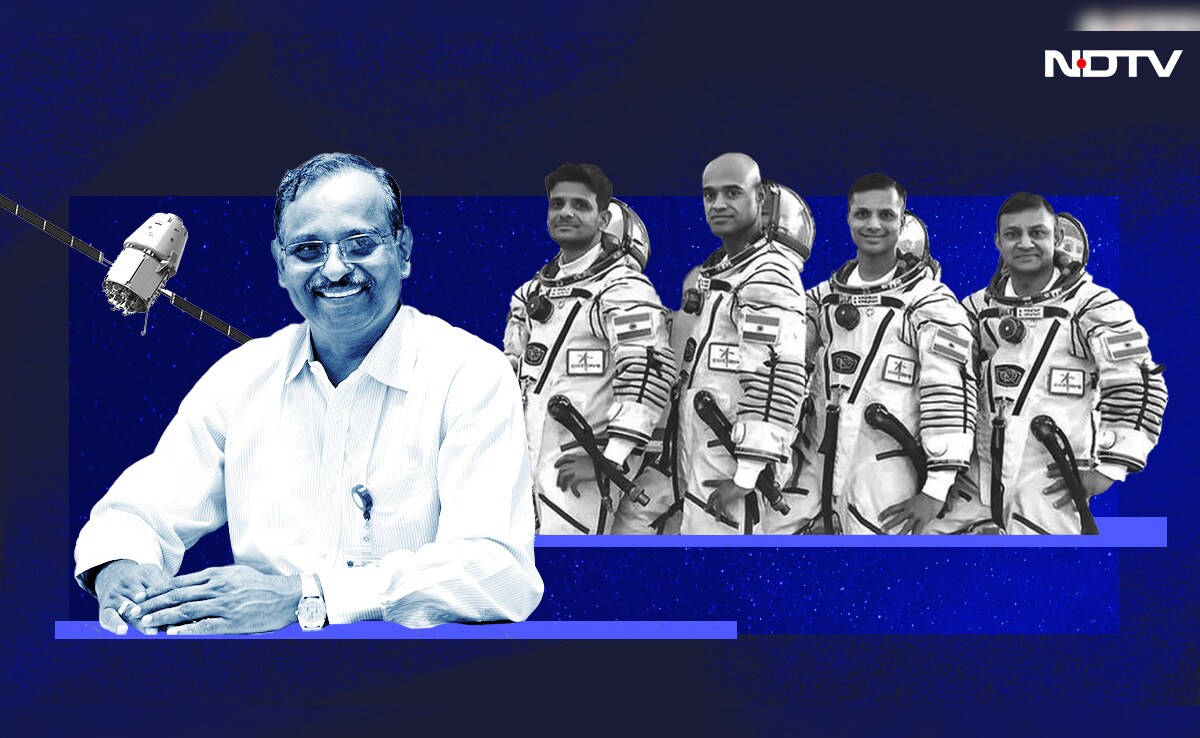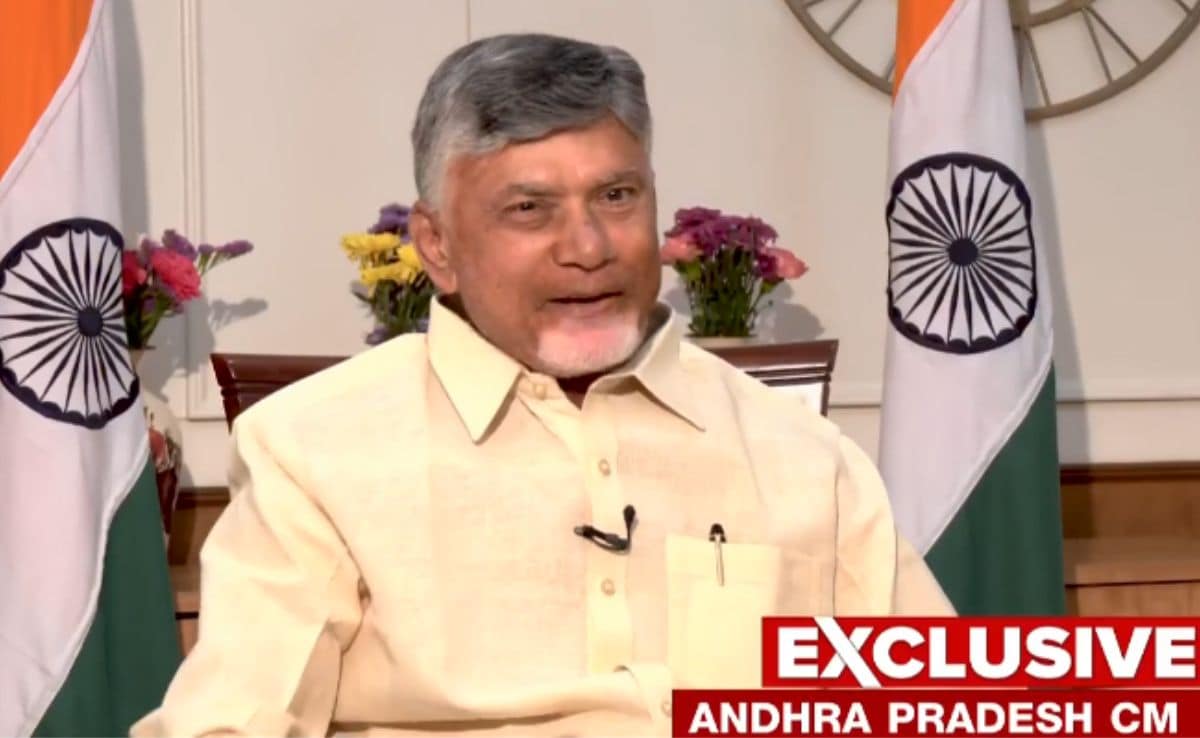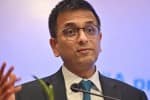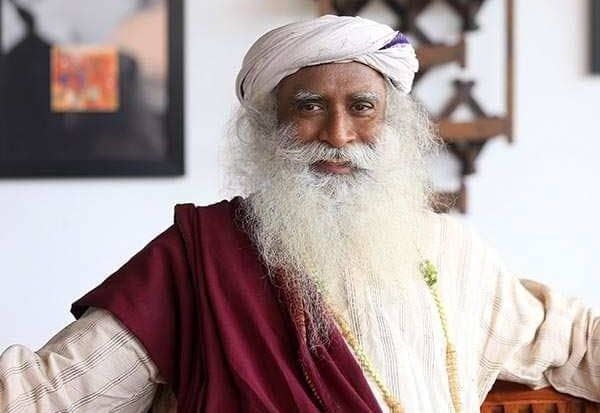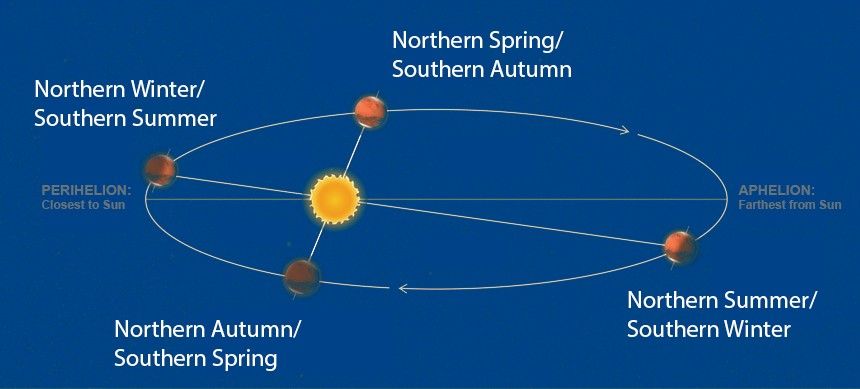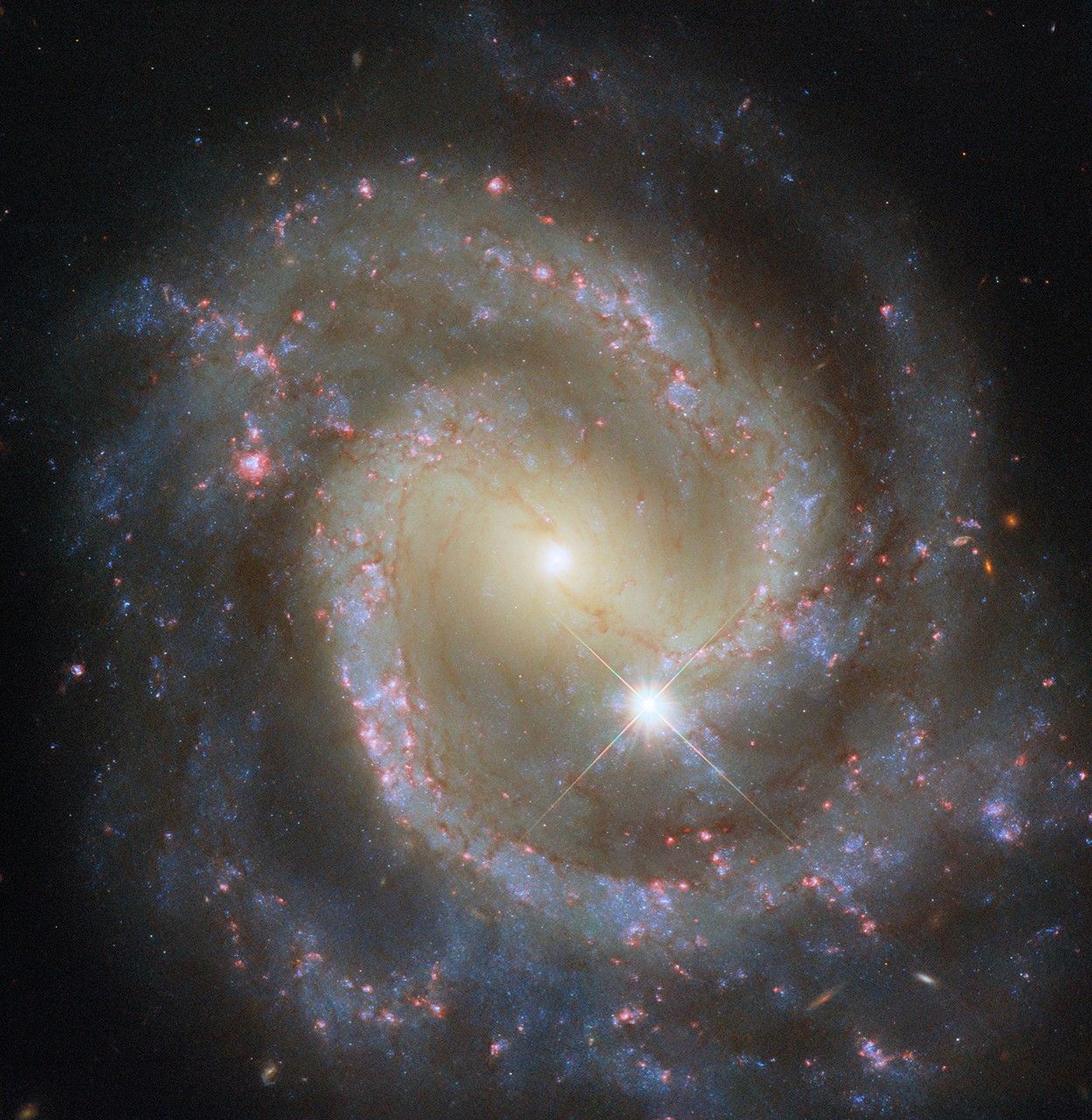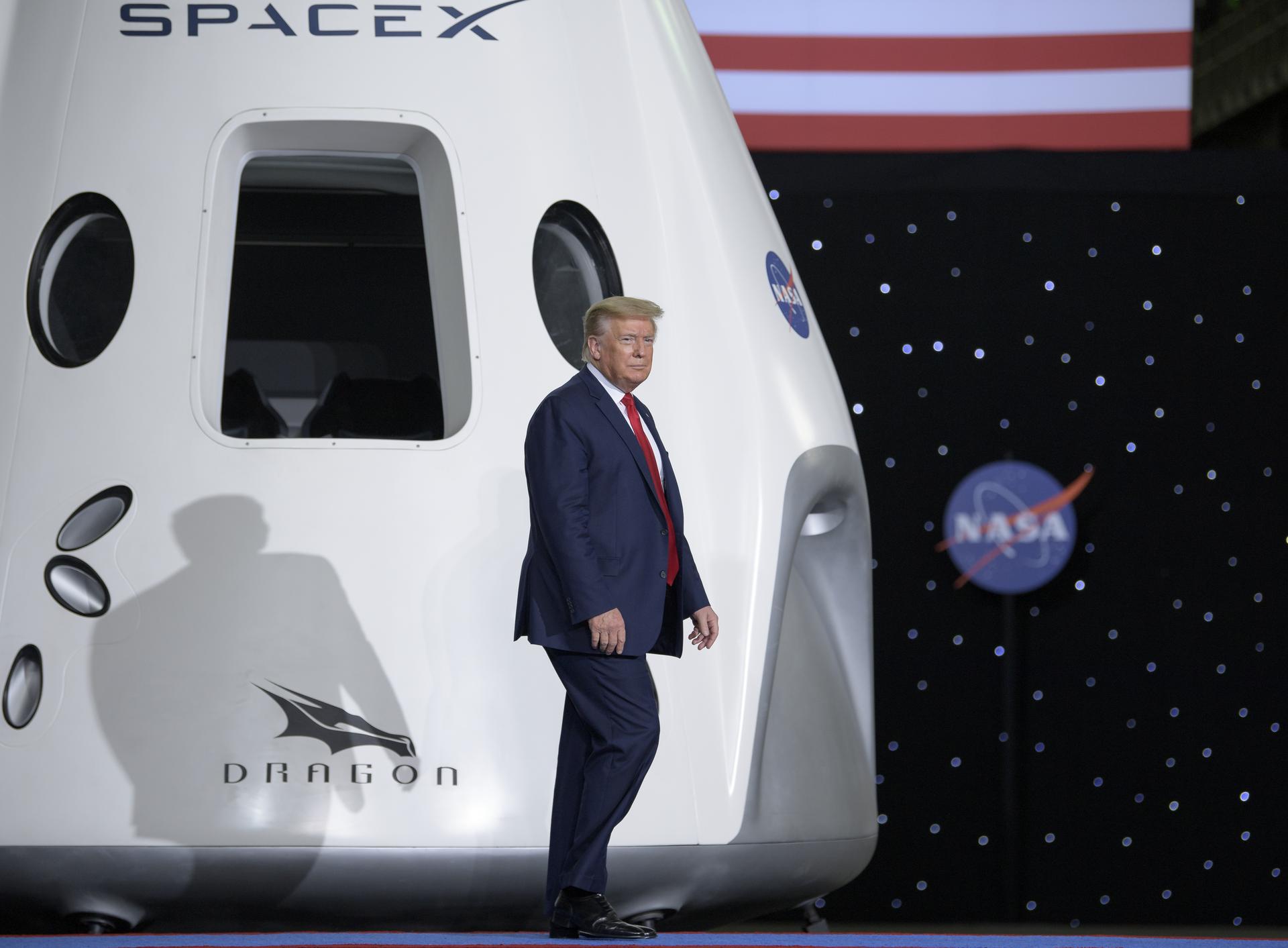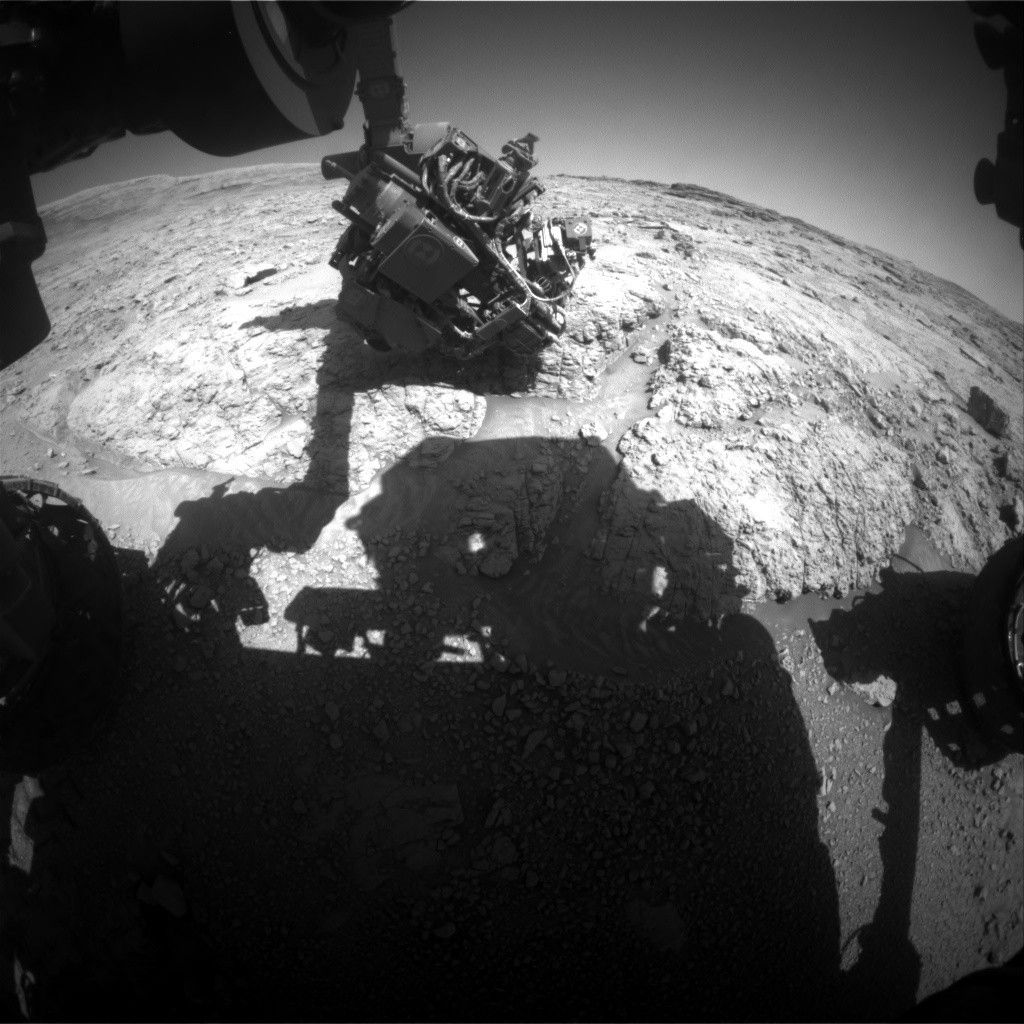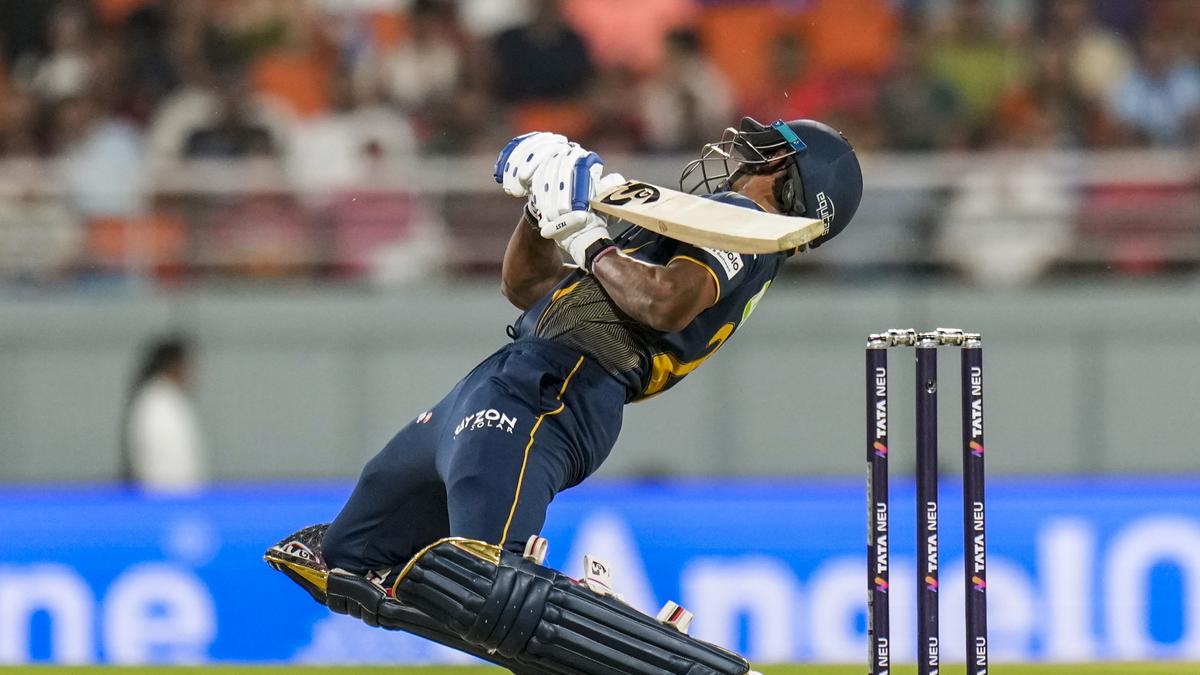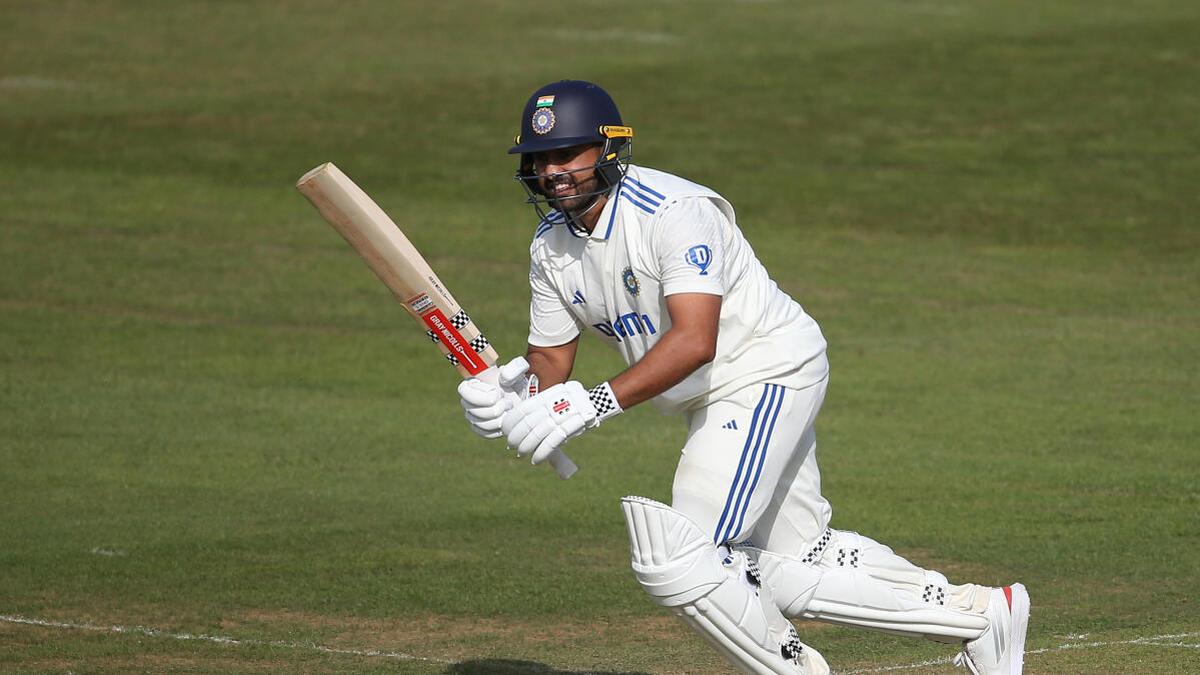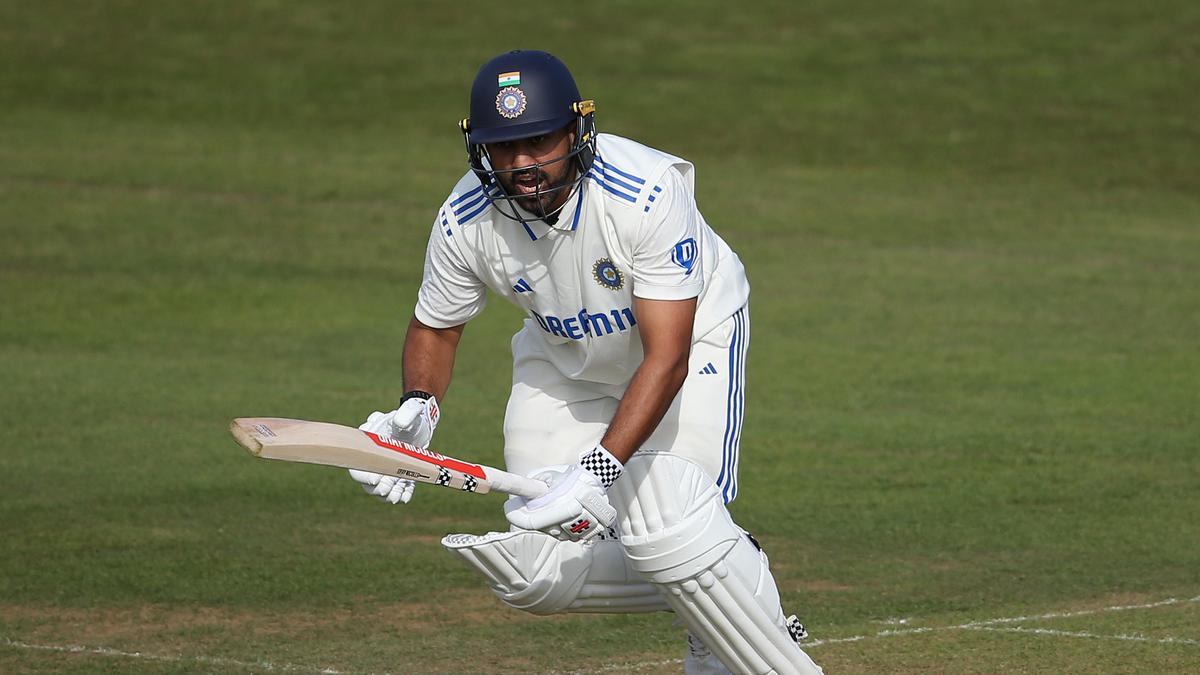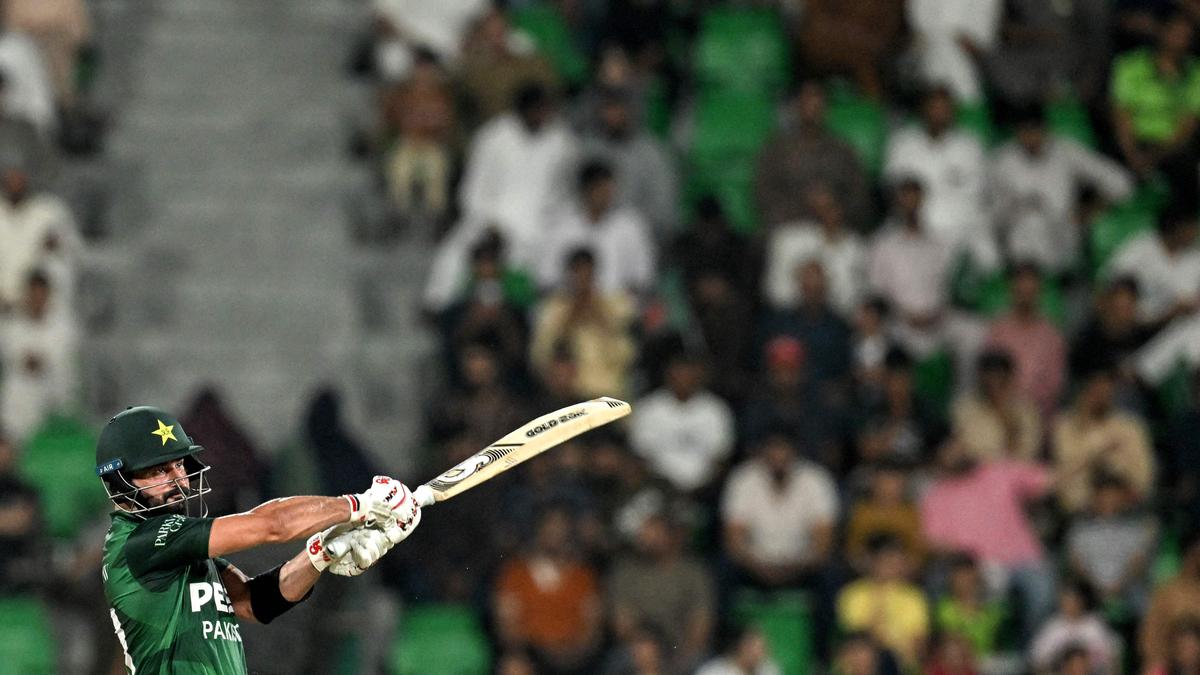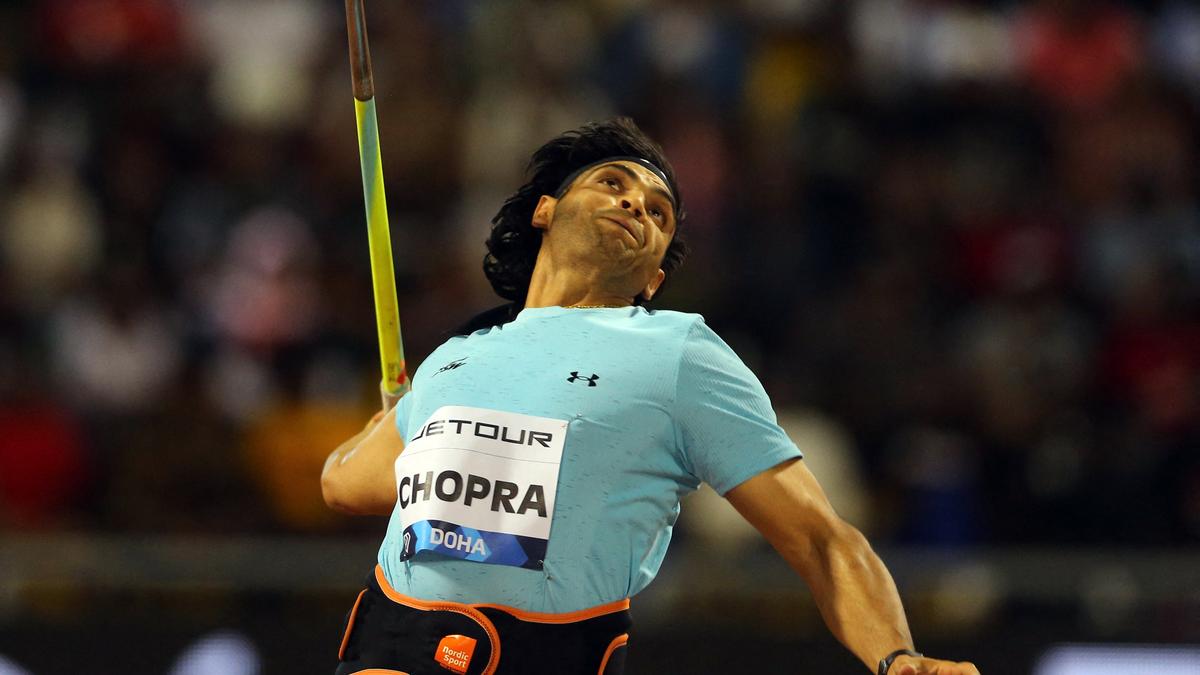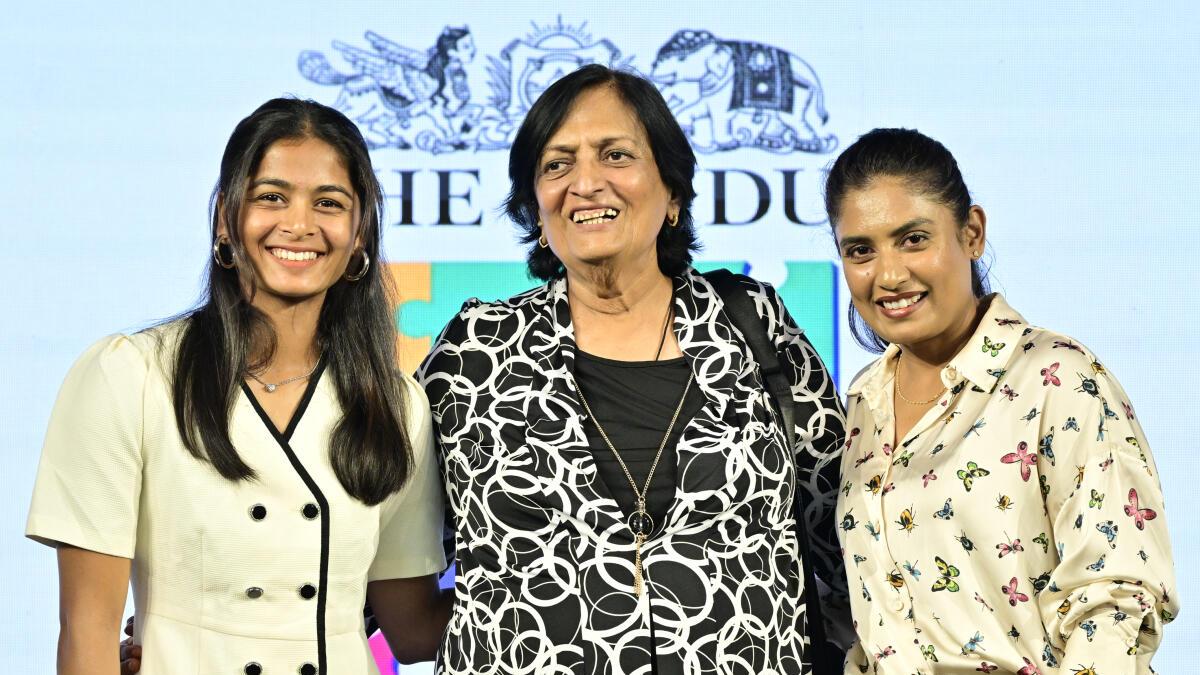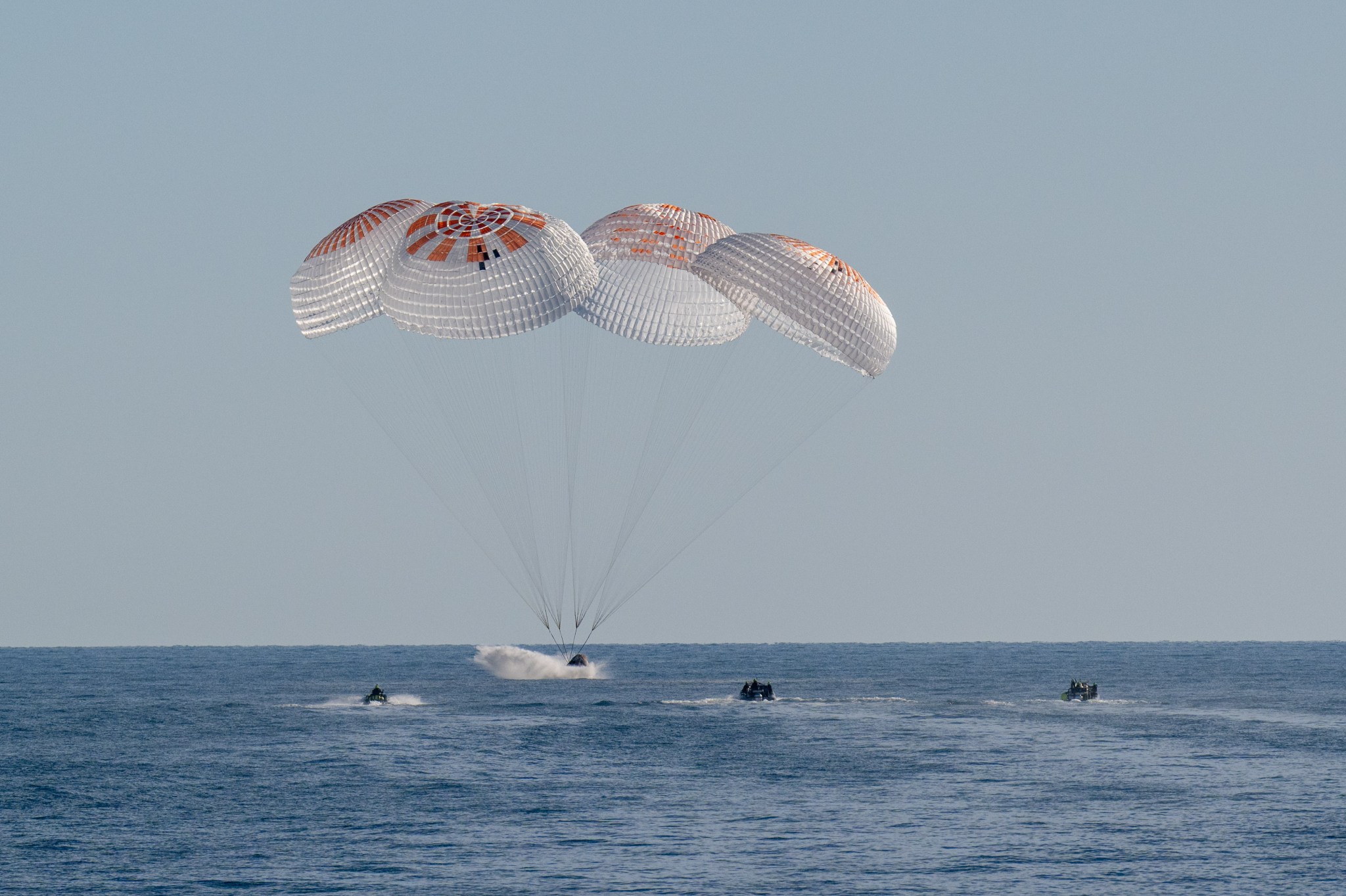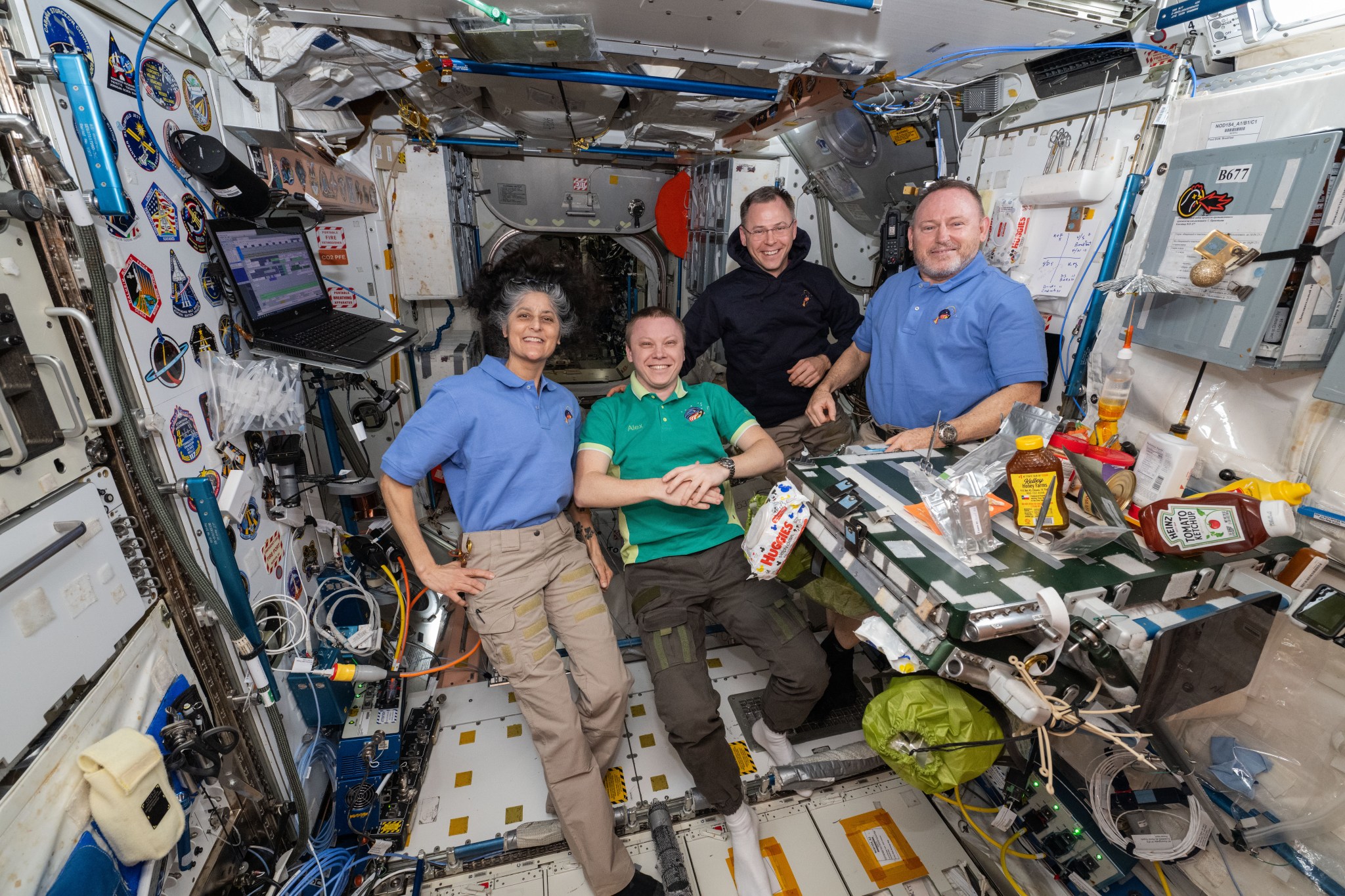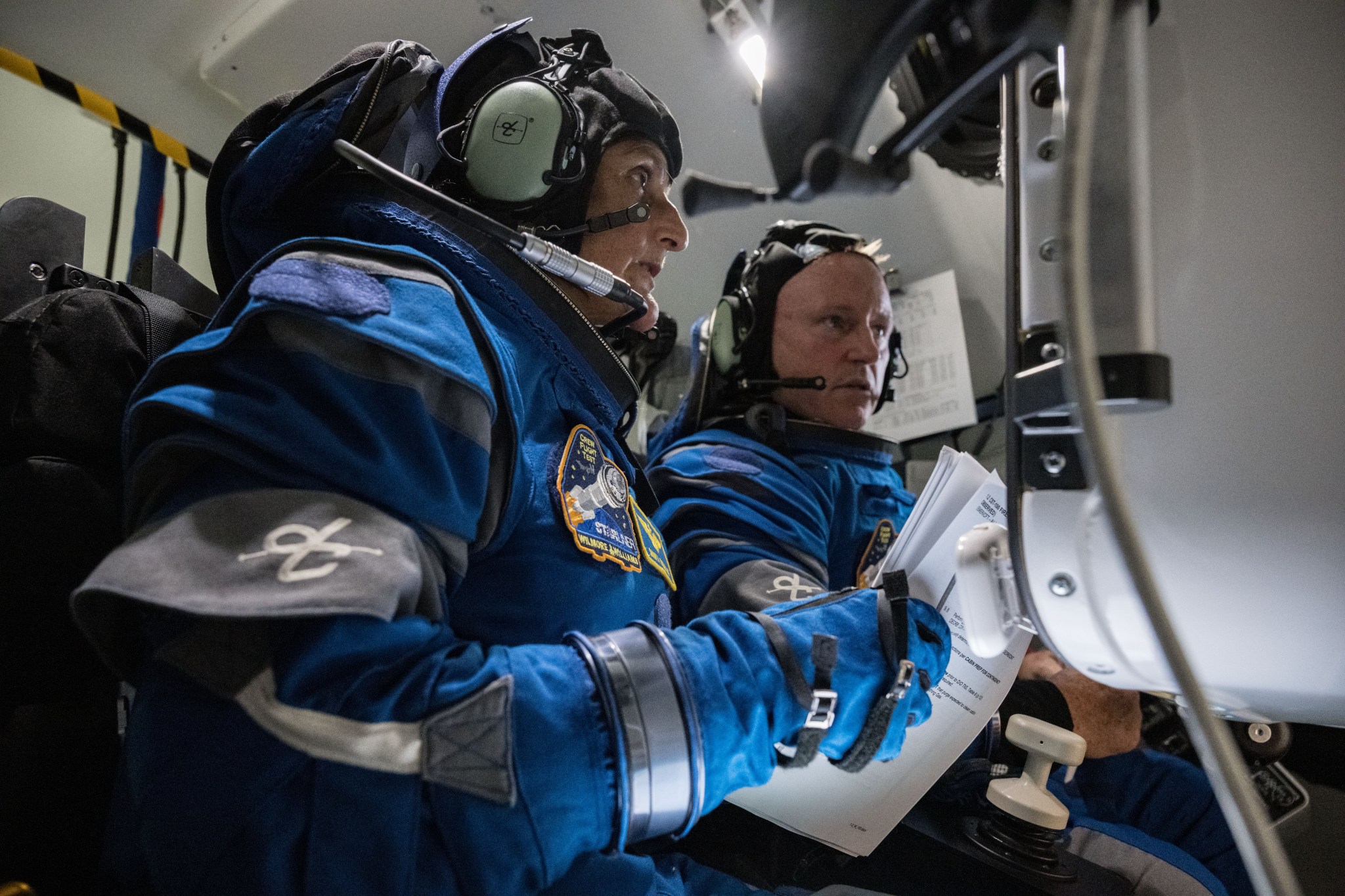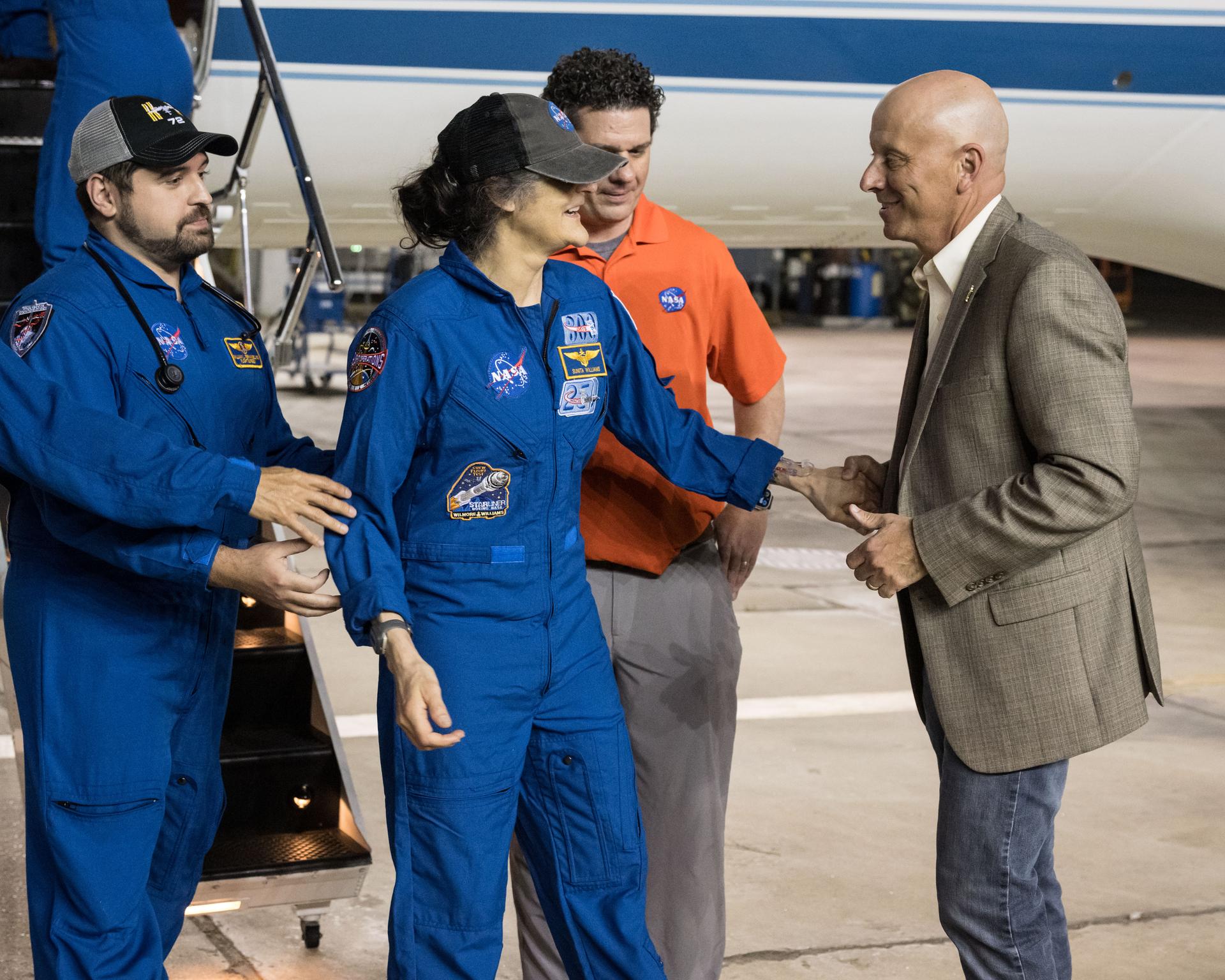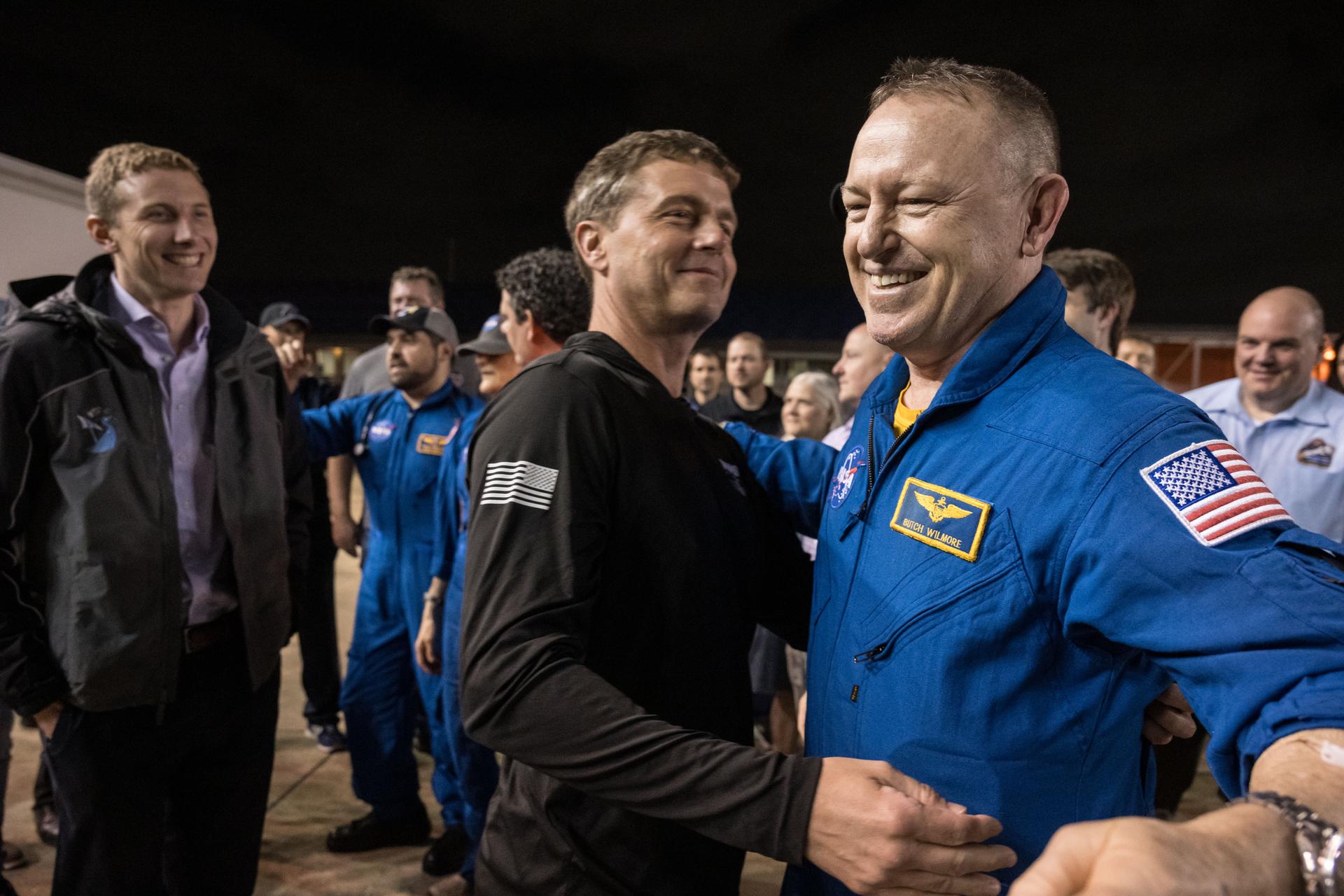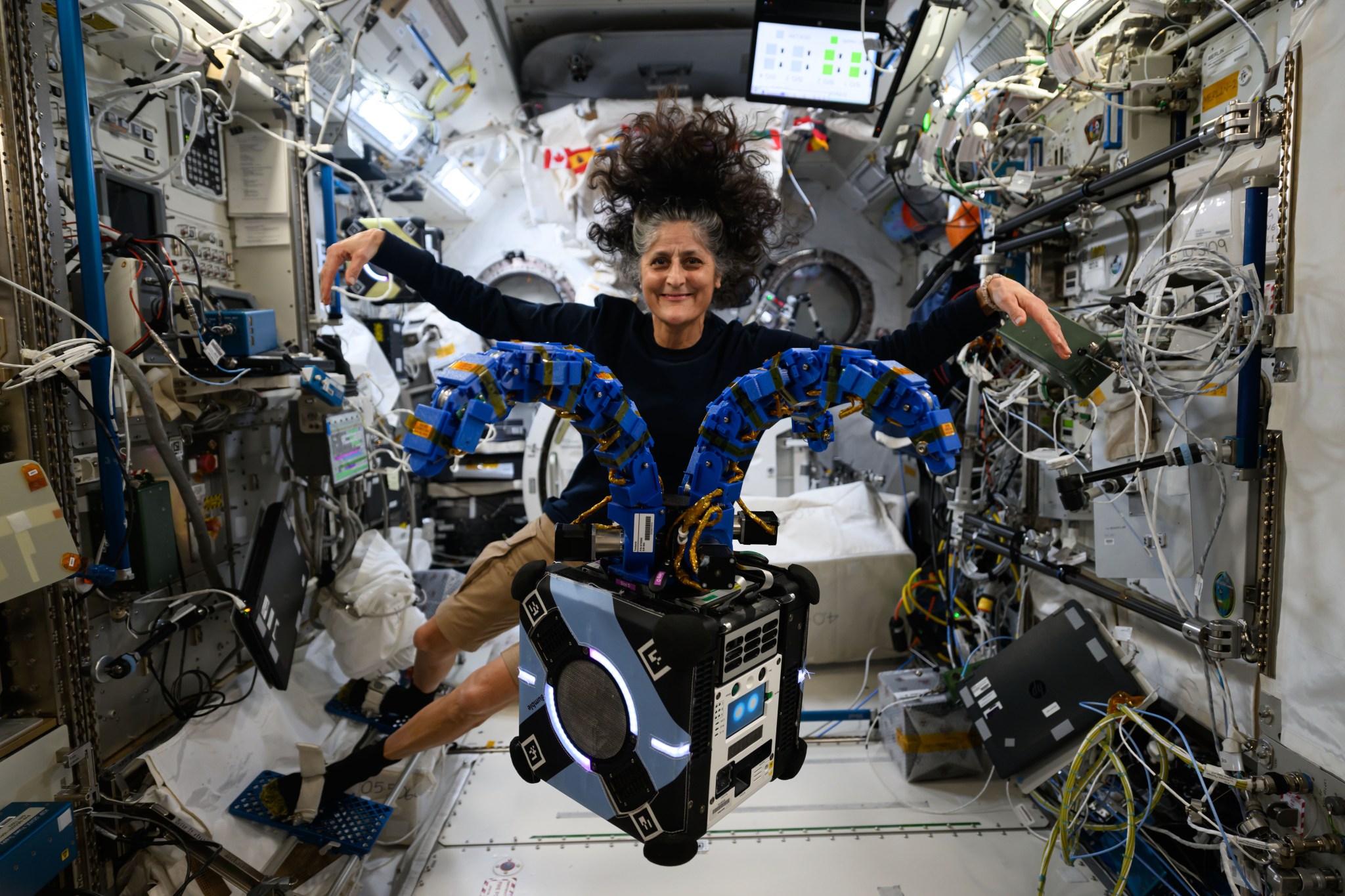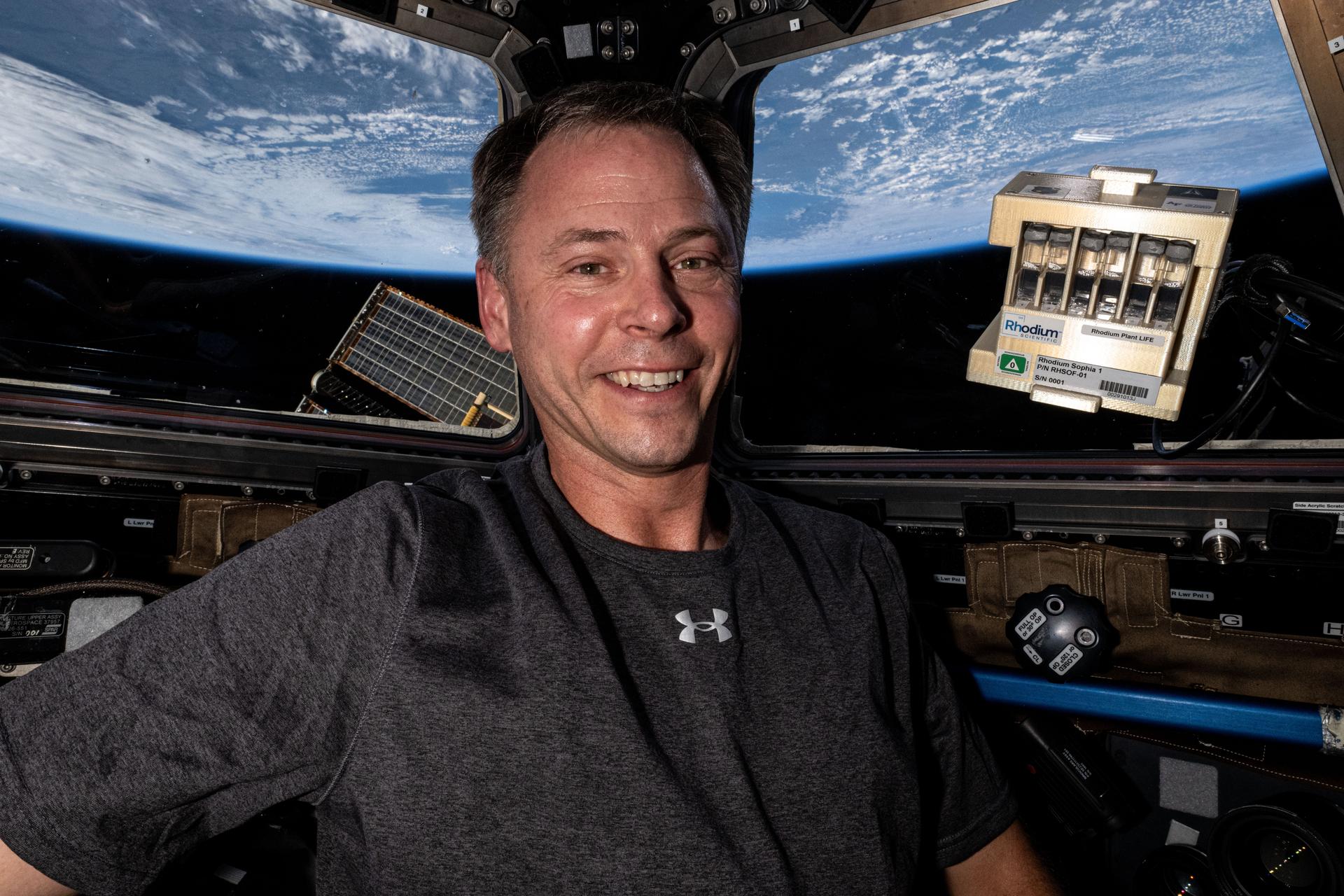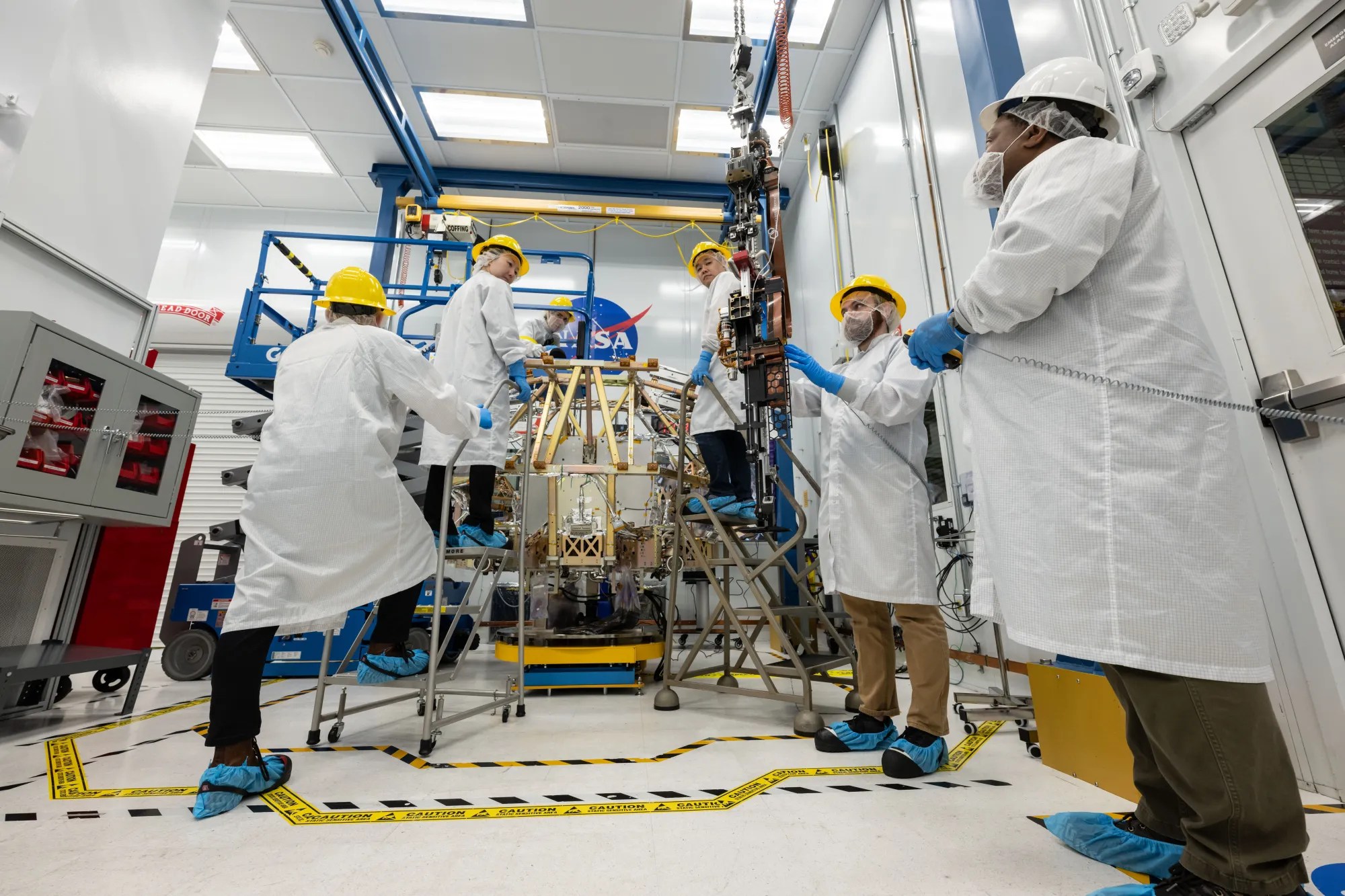Back to Earth, Forward to the Future: NASA’s SpaceX Crew-9 Returns
After months of groundbreaking research, exploration, and teamwork aboard the International Space Station, NASA’s SpaceX Crew-9 has returned to Earth. NASA astronauts Nick Hague, Suni Williams, and Butch Wilmore, as well as Roscosmos cosmonaut Aleksandr Gorbunov, splashed down safely on March 18, 2025, as a pod of dolphins circled the Dragon spacecraft near Tallahassee, Florida. […]
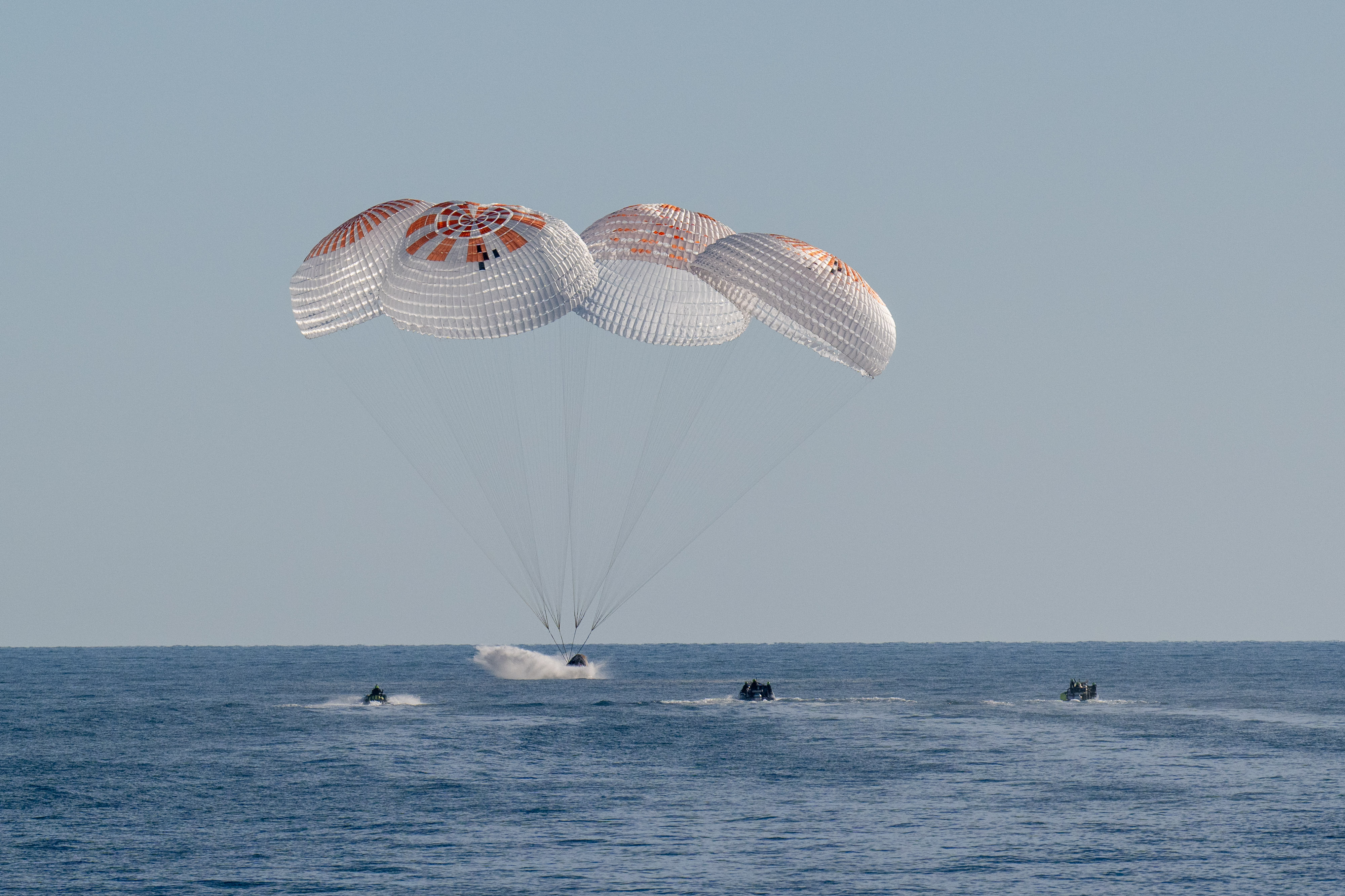
After months of groundbreaking research, exploration, and teamwork aboard the International Space Station, NASA’s SpaceX Crew-9 has returned to Earth.
NASA astronauts Nick Hague, Suni Williams, and Butch Wilmore, as well as Roscosmos cosmonaut Aleksandr Gorbunov, splashed down safely on March 18, 2025, as a pod of dolphins circled the Dragon spacecraft near Tallahassee, Florida.
Williams and Wilmore made history as the first humans to fly aboard Boeing’s Starliner spacecraft during NASA’s Boeing Crew Flight Test (CFT). Launched June 5, 2024, aboard a United Launch Alliance Atlas V rocket from Cape Canaveral Space Force Station, the CFT mission was Boeing’s first crewed flight.
Hague and Gorbunov launched to the space station on Sept. 28, 2024, aboard a SpaceX Falcon 9 rocket from Space Launch Complex 40 at Cape Canaveral Space Force Station in Florida.
During their long-duration mission, the American crew members conducted more than 150 unique experiments and logged over 900 hours of research aboard the orbiting laboratory.
Their work included studying plant growth and development, testing stem cell technology for patient care on Earth, and examining how spaceflight affects materials—insights vital for future deep space missions.
The crew kicked off 2025 with two spacewalks that included removing an antenna assembly from the station’s truss, collecting microbial samples from the orbital outpost’s exterior for analysis by Johnson’s Astromaterials Research and Exploration Science division, installing patches to cover damaged areas of light filters on an X-ray telescope, and more.
Williams now holds the record for the most cumulative spacewalking time by a woman — 62 hours and 6 minutes — placing her fourth among the most experienced spacewalkers in history.
While in orbit, the crew also engaged the next generation through 30 ham radio events with students around the world and supported a student-led genetic experiment.
As part of the CFT, Williams and Wilmore commanded Starliner during in-flight testing and were the first to see the spacecraft integrated in simulations and operate it hands-on in space, evaluating systems like maneuvering, docking, and emergency protocols.
“We’ve learned a lot about systems integrated testing that will pay benefits going forward and lay the groundwork for future missions,” said Wilmore.
Following the test flight, NASA and Boeing are continuing work toward crew certification of the company’s CST-100 Starliner system. Joint teams are addressing in-flight anomalies and preparing for propulsion system testing ahead of the next mission.
Despite the unexpected challenges, including technical issues with the Starliner spacecraft that extended their mission, both Wilmore and Williams said they would do it all over again. Wilmore emphasized his gratitude in being part of testing Starliner’s capabilities, stating, “I’d get on it in a heartbeat.”
After returning to Earth, the crew received a warm welcome from family, colleagues, and fellow astronauts at Johnson Space Center’s Ellington Field. They were greeted by Johnson Acting Director Steve Koerner, who applauded their dedication and resilience.
Williams shared a heartfelt embrace with astronaut Zena Cardman, thanking her for “taking one for the team.” Cardman had originally been assigned to Crew-9, but in August, NASA announced the uncrewed return of Starliner to Earth and integrated Wilmore and Williams into Expedition 71/72 for a return on Crew-9. This adjustment meant Cardman and astronaut Stephanie Wilson would no longer fly the mission—a decision that underscored the flexibility and teamwork essential to human spaceflight.
Cardman is now assigned as commander of NASA’s SpaceX Crew-11 mission, set to launch in the coming months to the International Space Station for a long-duration science expedition.
Williams and Wilmore each brought decades of experience to the mission. Wilmore, a retired U.S. Navy captain and veteran fighter pilot, has logged 464 days in space over three flights. Outside of NASA, he serves as a pastor, leads Bible studies, and participates in mission trips across Central and South America. A skilled craftsman, he also builds furniture and other pieces for his local church.
Growing up in Tennessee, Wilmore says his faith continues to guide him, especially when navigating the uncertainties of flight.
Wilmore encourages the next generation with a call to action: “Strap on your work hat and let’s go at it!” He emphasizes that tenacity and perseverance are essential for achieving anything of value. Motivated by a sense of patriotic duty and a desire to help those in need, Wilmore sees his astronaut role as a commitment to both his country and humanity at large.
Wilmore believes he’s challenged every day at NASA. “Doing the right things for the right reasons is what motivates me,” he said.
A retired U.S. Navy captain and veteran of three spaceflights, Williams is a helicopter pilot, basic diving officer, and the first person to run the Boston Marathon in space—once in 2007, and again aboard the station in 2025. Originally from Needham, Massachusetts, she brings a lifelong spirit of adventure and service to everything she does.
“There are no limits,” said Williams. “Your imagination can make something happen, but it’s not always easy. There are so many cool things we can invent to solve problems—and that’s one of the joys of working in the space program. It makes you ask questions.”
Hague, a Kansas native, has logged a total of 374 days in space across three missions. A U.S. Space Force colonel and test pilot, he’s served in roles across the country and abroad, including a deployment to Iraq.
“When we’re up there operating in space, it’s focused strictly on mission,” said Hague. “We are part of an international team that spans the globe and works with half a dozen mission control centers that are talking in multiple languages — and we figure out how to make it happen. That’s the magic of human spaceflight: it brings people together.”
For Williams, Wilmore, Hague, Gorbunov, and the team supporting them, Crew-9 marks the beginning of a new era of space exploration — one driven by innovation, perseverance, and the unyielding dream of reaching beyond the stars.
Watch the full press conference following the crew’s return to Earth here.
What's Your Reaction?








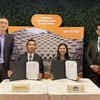

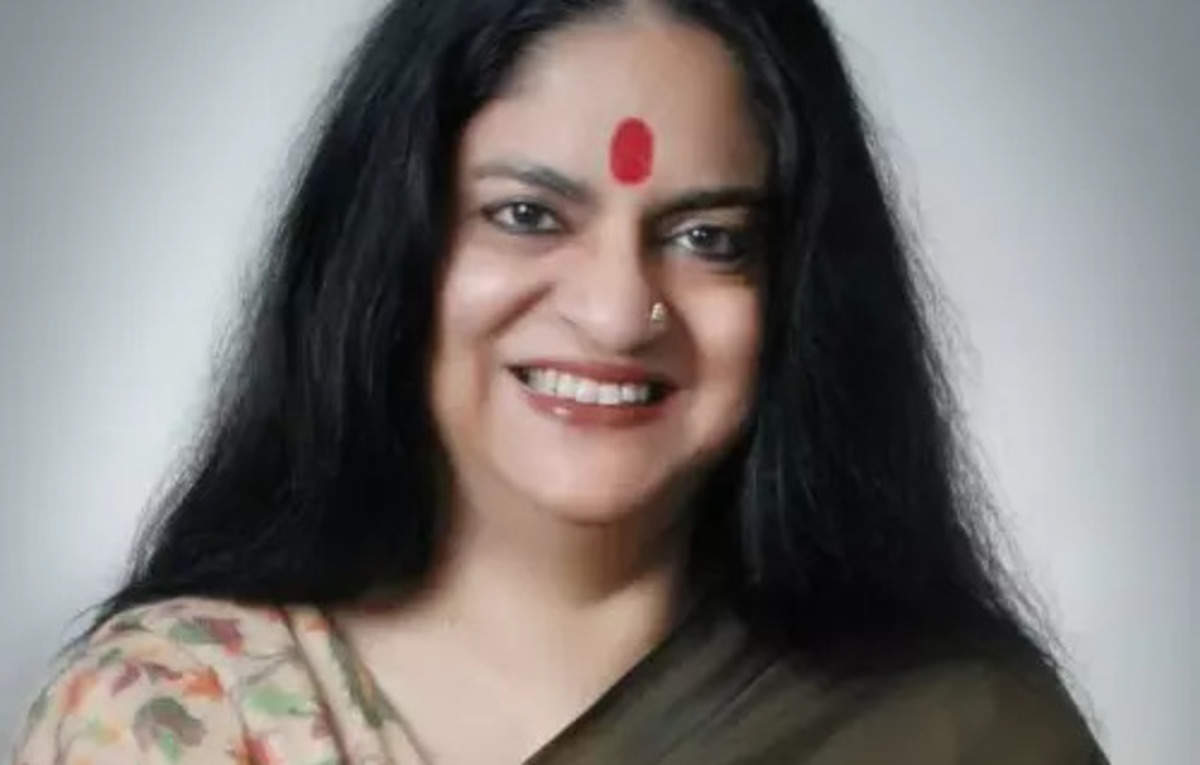
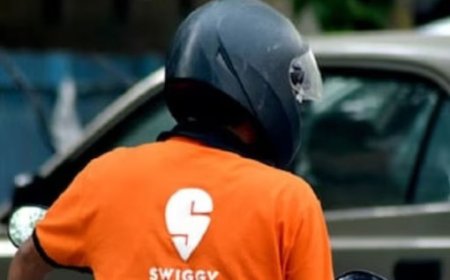

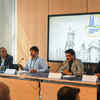
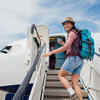

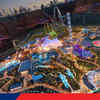

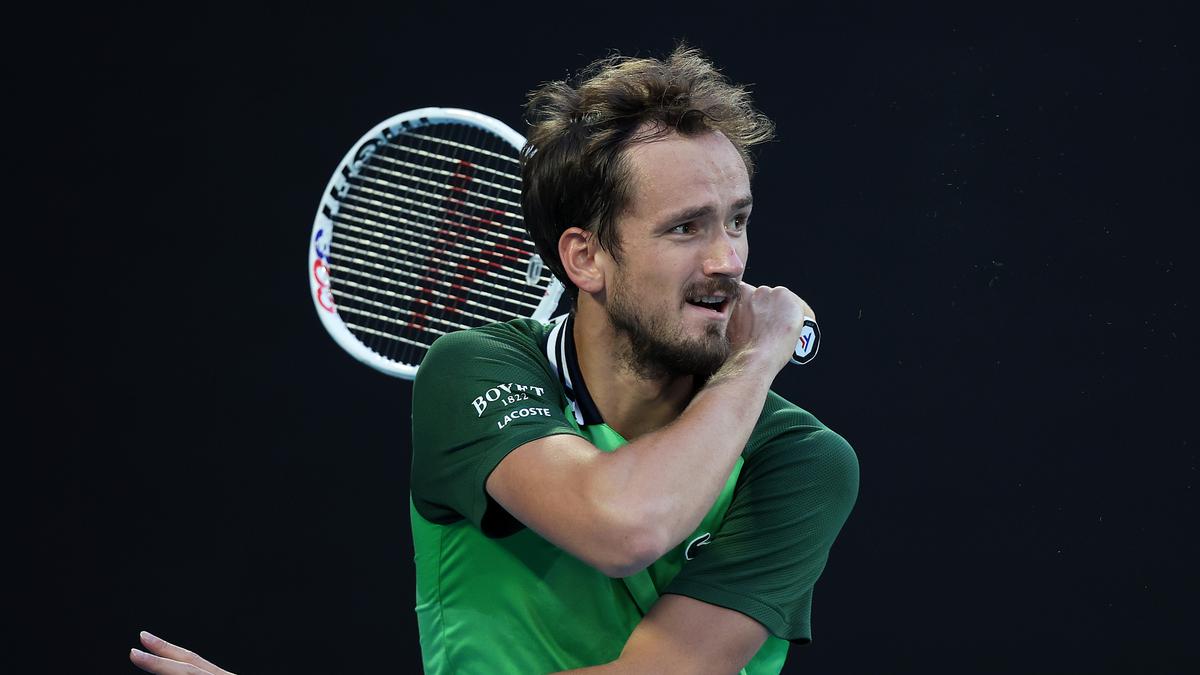
.jpg?#)

